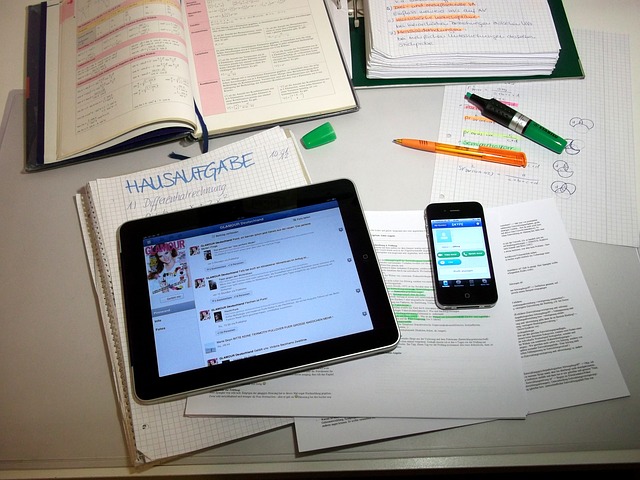When one thinks of social media, Facebook and Twitter are two platforms that come to mind instantly. Typically, people think of them as forms of entertainment that keep us glued to the screens of our mobile devices. However, it’s time to reinvent the way we think about how social media can be used. Increasingly, aspects of social media are being integrated into the learning experience, ranging from K-12 all the way to post-secondary education. In fact, I created my first Twitter account because of a journalism course I took in my first year as an undergrad. The possibilities are endless, and some will be touched upon later. Social media isn’t solely about Facebook and Twitter, either. It also encompasses platforms such as LinkedIn, Youtube, Flickr, blogs, wikis, and discussion forums.
As an educator, there are many ways that you can incorporate aspects of social media in your own practice and teaching goals. For starters, you are all using UBC Blogs for your ePortfolios! A couple of ideas to get you started:
- Setting up a classroom blog where students can reflect on discussion questions, key concepts or images. This can serve to extend their learning, share their own ideas, thoughts, and creations creations. Remember, due to the Freedom and Information and Protection of Privacy Act (FIPPA), any student content cannot be uploaded to any sites that are hosted on U.S. servers. For this reason, UBC Blogs is a good platform to use. You can continue to access your existing pages after you graduate and you can create new sites, providing that you remember your CWL!
- Signing up for a class Twitter account. With a class account, you can moderate what kind of content is being tweeted out. Through the account, some things you can do include reaching out to community members, other classrooms around the world (think: Skype in the classroom), and public figures (authors, astronauts, athletes, you name it).

Before you get started, consider the following. By no means is this an exhaustive list:
- What is the purpose for your use of social networking technologies?
- Are you wishing to moderate a discussion?
- How involved do you want to be?
- What affordances and level of control do you need or require?
- How public or private do you wish this space to be?
- Can you adjust the privacy settings?
- Will students want or need access to this space after the course is complete?
- Are you complying with the minimum age requirements of the various platforms?
- Do you have parent or guardian permission? Are media consent forms signed
- Copyright: are you using content with author’s permission? Attribution?
However you decide to integrate social media into your own practice and lesson planing, keep this in mind:
The biggest risk is not taking any risk… In a world that changing really quickly, the only strategy that is guaranteed to fail is not taking risks. -Mark Zuckerberg
Resources and reads:

 Follow
Follow